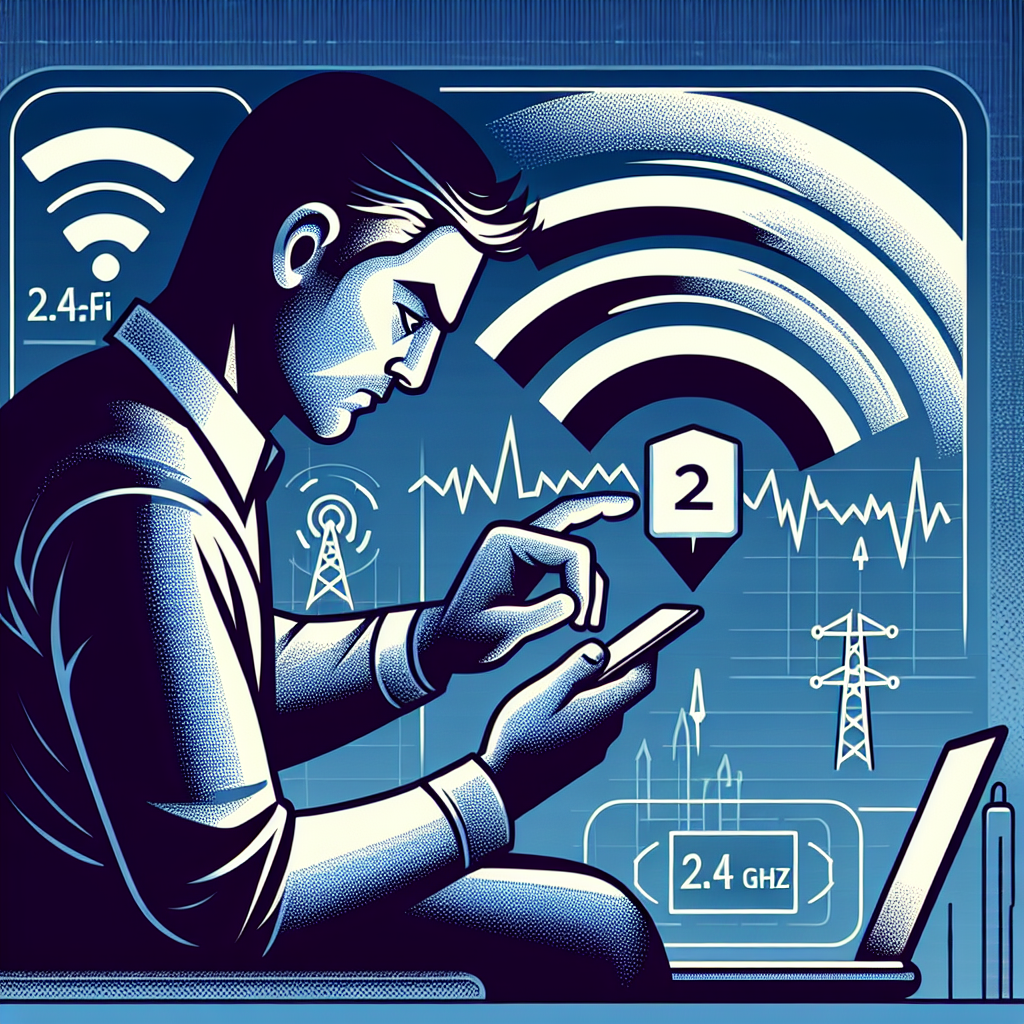How Do Electric Vehicles Support Grid Stability?
As the world shifts toward sustainable energy solutions, the role of electric vehicles (EVs) extends beyond zero-emissions transport. This article explores how electric vehicles can enhance grid stability, supporting the seamless integration of renewable energy sources and ensuring a resilient, reliable electricity supply.

Understanding the Role of Electric Vehicles in Grid Stability
Electric vehicles (EVs) are gaining prominence as a sustainable mode of transportation, but their potential contributions extend into energy management and grid stability. As the demand for cleaner energy solutions rises, understanding how electric vehicles support grid stability becomes essential for energy planners, utility companies, and consumers alike.
1. Bidirectional Charging: Powering the Grid
One of the most significant ways electric vehicles can support grid stability is through bidirectional (or vehicle-to-grid, V2G) charging. This technology allows EVs to not only draw power from the grid but also send it back when needed. During peak demand times, EVs can discharge stored energy into the grid, thereby alleviating strain on the system.
For instance, during hot summer days or significant events that lead to high electricity consumption, the ability of EVs to return energy can reduce the need for additional fossil-fuel-power generation. This not only stabilizes the grid but also curtails greenhouse gas emissions.
2. Energy Storage Solutions
Electric vehicles are essentially mobile storage units, holding significant amounts of energy in their batteries. This attribute becomes critical during times of fluctuating energy supply and demand. By leveraging electric vehicles as an asset for energy storage, grid operators can enhance their energy management systems.
In concert with renewable energy sources like wind and solar, which are inherently variable, EVs can help store excess generation during periods of low demand (e.g., sunny or windy days) and unleash it during higher demand periods. This mechanism helps smoothen consumption peaks and troughs, contributing to grid stability.
3. Load Balancing and Demand Response
Electric vehicles participate actively in load balancing, which is critical for maintaining grid stability. They offer programmatic flexibility where utilities have the ability to adjust the charging times of EVs in response to demand fluctuations. This concept is known as demand response.
For instance, during times of excess demand in the evening (such as when many people return home and start charging their vehicles), utilities can incentivize EV owners to charge at off-peak hours. This can be achieved by dynamic pricing models where charging costs less during specific hours, thus promoting charging practices that align with grid stability efforts.
4. Supporting Renewable Energy Integration
The integration of renewable energy sources into the grid is gaining momentum as we strive to tackle climate change. However, the intermittent nature of these energy sources presents challenges. Electric vehicles can help mitigate these challenges through flexible demand and energy storage capabilities.
During periods of high renewable energy generation, excess power can be sent to charge EVs, effectively utilizing surplus energy that would otherwise be wasted. In this way, EVs serve as a bridge between variable renewable energy production and consumer demand, supporting overall grid reliability.
5. Enhancing Grid Resilience
Grid resilience refers to the electric grid's ability to withstand and recover from disruptions. In adding electric vehicles to the mix, grid operators can enhance resilience in various ways. EVs that are equipped with V2G technology can provide quick-response backup power during emergencies or outages.
This capability means that, in case of a natural disaster or other unforeseen circumstances, communities with a high penetration of electric vehicles can tap into this reserve power, ensuring critical services remain operational. This property enhances not just grid stability but also community safety and wellbeing.
6. Policy Implications and Future Directions
To fully realize the benefits of electric vehicles in supporting grid stability, thoughtful policies must be put in place. Governments and regulatory agencies need to create frameworks that encourage V2G technologies and appropriate market incentives for EV owners to actively participate in grid support.
Research and investment in smart grid technologies are vital for facilitating these interactions and ensuring seamless communication between EVs and grid operators.
Conclusion
The synergy between electric vehicles and energy grids presents an exciting frontier for enhancing grid stability and increasing the efficacy of renewable energy integration. EVs possess the unique potential to act not only as a means of clean transportation but also as dynamic and flexible resources that contribute to a resilient energy future. With continued advancements in technology and supportive policies, electric vehicles will play an essential role in shaping a sustainable and stable energy landscape.
New posts

How Cities Are Adapting to Electric Vehicle Charging: Innovations and Strategies
Sustainability

Emerging Trends in Electric Vehicle Charging Standards: What to Watch for in 2024
Sustainability

The Future is Bright: EV Charging and Home Solar Panel Integration Explained
Home Improvement







Popular posts

How to Reset Your EV Charger: A Comprehensive Guide
Home Improvement

EV Charger Firmware Updates: What You Need to Know
Firmware-Updates

Exploring the Latest EV Charging Station Design Trends
Technology Trends
DIY Guide to Installing a Wallbox: A Step-by-Step Approach
DIY

Future Trends in Public EV Charging: What to Expect in the Coming Years
Sustainability

Understanding the Difference Between AC and DC Chargers: Key Insights
Energy Efficiency

Insights from the Frontline: Interviews with EV Charging Industry Experts
Interviews

The Future of EV Charging Stations and Smart Grid Integration: Transforming Energy Management
Sustainability

Breakthroughs in Wireless EV Charging: The Future of Electric Mobility
Innovation

EV Charging Myths vs Facts: Debunking Common Misconceptions
Sustainability